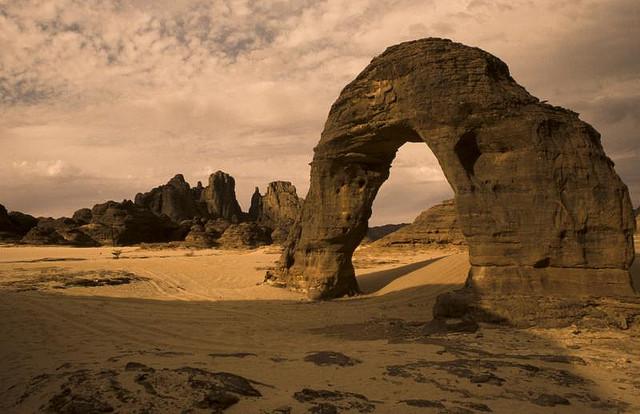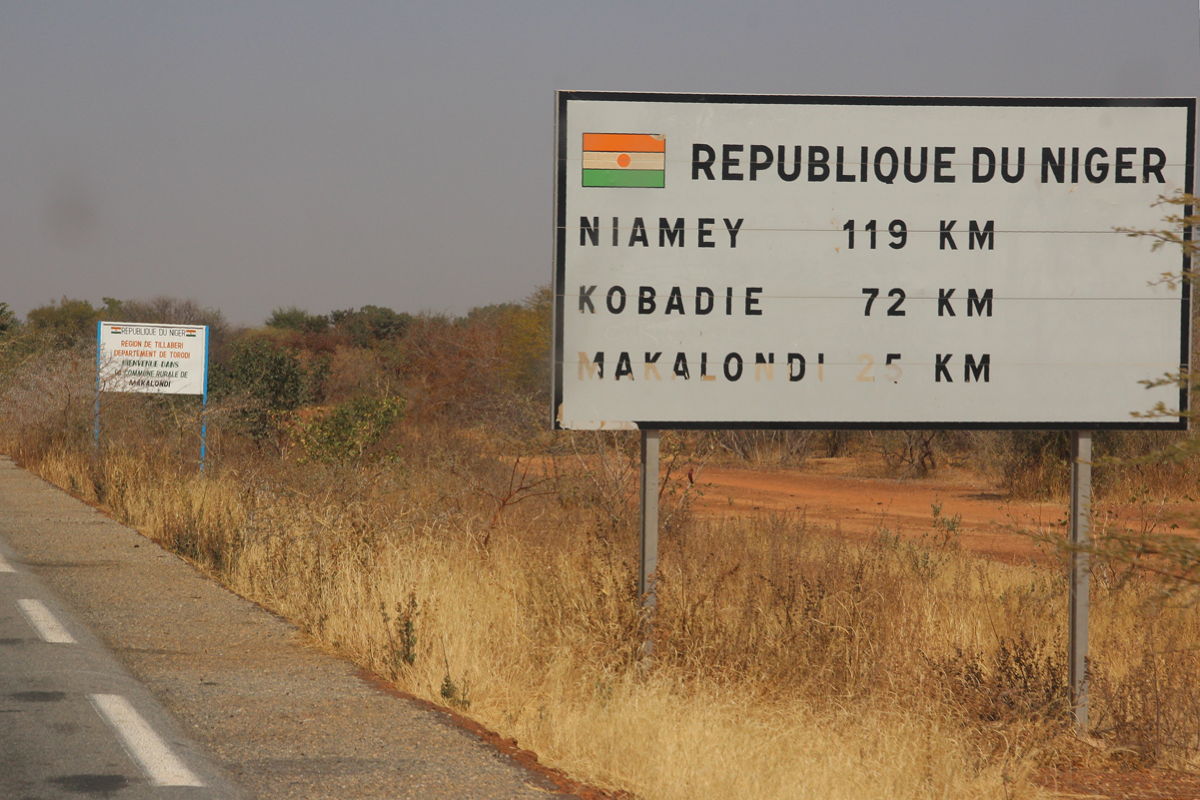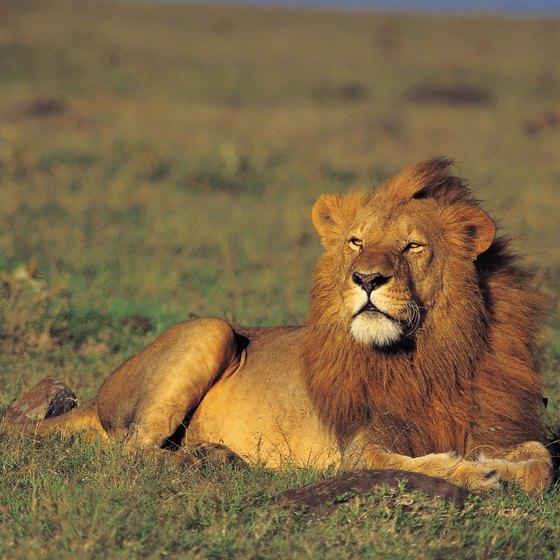When I was a kid, I didn’t know how to pronounce
the name of this country. In fact, I was a little apprehensive to say it aloud
since it looked close to an offensive word. But later on, I learned that it’s
pronounced with the French pronunciation (nee-ZHER, not NYE-jer), and that it’s
definitely not the same place as Nigeria.
Niger is named after the Niger River. In a local
language, it was called Ni Ger (River Ger). It’s a common misconception (that I
also believed) that Niger was named after the Latin name niger, the word for black
in reference to the black skin of the people who lived there. (What a
Eurocentric way of thinking.) And because its name is close to that of Nigeria,
I also learned the differences between the adjective form: Nigerien refers to people and things from
Niger; Nigerian refers to people and
things from Nigeria.
This landlocked country is located in West Africa.
It’s bordered by Algeria and Libya to the north, Chad to the east, Nigeria to
the south, Benin and Burkina Faso to the southwest, and Mali to the west. Located
between the Sahara in the north and the Sub-Saharan regions in the south, it’s
the sixth largest country by area in Africa and 22nd in the world.
The Niger River cuts through the far southwestern corner of the country and through
the capital city of Niamey. Its desert area is hot and dry with sand dunes and
desert plains while the areas around the river basin experience a tropical
climate.
Once upon a time, a long, long, time ago, Niger
wasn’t covered with desert. These areas were covered in fertile grasslands
perfect for raising cattle and growing crops. But the Sahara Desert started
creeping its way farther south about 7000 years ago. By about the 5th
century BC, this area became part of the crossroads between African migration
from the northwest and trans-African trade routes with Arab traders. This also
brought along the introduction of Islam. Parts of Niger were included as part
of several empires throughout the centuries: Songhai, Hausa, Mali, and
Kanem-Bornu. During the 19th century, French explorers finally made
their way to the lands of Niger. As they made their way across, they laid claim
to the land and people based on European standards without a thought to the
people who actually lived there. And the Nigeriens were not having it. Many revolted
against the colonialism, but by 1922, they stopped resisting (as much) and
became a French colony. In 1958, Niger became an autonomous state within the
French community but gained its independence two years later. However, it
started its independence as a one-party state and then spent most of the next
35 years toggling between military coups and a political stability.
The capital and largest city is Niamey (pronounced
nya-MAY if you go with the French pronunciation, although many American English
speakers pronounce it NEE-uh-may). The city was originally a small town and
didn’t rise to prominence until the French decided to house a colonial post
that eventually grew into its capital in 1926. Although it’s not centrally
located, it’s the center of almost everything in the country: government,
commerce, education, media, and transportation. There are several universities,
museums, sports venues, markets, and many mosques.
Most people in Niger depend on subsistence farming
and livestock as their main means of income. Agriculture is one of Niger’s primary
economic drivers. However, desertification and droughts have had negative
impacts on their crops in the past. The country also has some of the world’s
largest deposits of uranium, but declines in demand has led to a weakened
economy. On the upside of things, oil was discovered in the Tenere Desert back
in the 1970s, but they never really had any serious production because some
exploration tests showed there wasn’t enough to pursue. That idea was
overturned a few years ago, and Niger produced its first barrels of oil back in
2011. Even so, Niger often depends on financial assistance and foreign aid from
other countries.
Nearly 80% of Nigeriens are Muslim while the
remaining 20% consist of a smaller Christian population. Of the Muslims in
Niger, the majority are Sunni. There is a certain amount of crossover with
indigenous animism, as is found in many countries in Africa. And actually the
country has established a constitutional separation of church and state.
The official language of Niger is French, left over
from its colonial days. As a multi-lingual country, French is often used as a
lingua franca as well. It’s the official language of the government and is
spoken as a second language for many of its residents who were fortunate enough
to continue their education abroad. Niger has also declared ten national
languages: Arabic, Buduma, Hausa, Kanuri, Tassawaq, Tebu, Tamasheq,
Zarma/Songhai, Gourmanchéma, and Fulfulde.
Despite its arid landscape, the country has quite a
biodiversity. Animals like the cheetah, a variety of gazelle, the oryz, West
African lion, elephant, antelopes, and buffaloes are found throughout the
country. The Niger River itself is home to 20 species of fish that aren’t found
any place else on earth except in the Niger River. There have even been
dinosaur bones found hidden away in areas uncovered in the Sahara Desert. I’ve
already found my recipes for this country, and I’m looking forward to finding
out what else is hidden away in this country.
Up next: art and literature








No comments:
Post a Comment